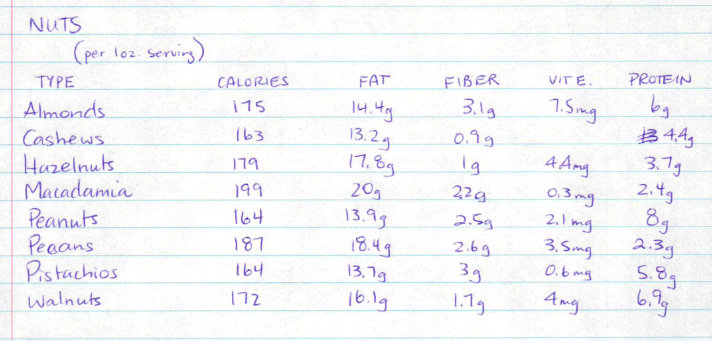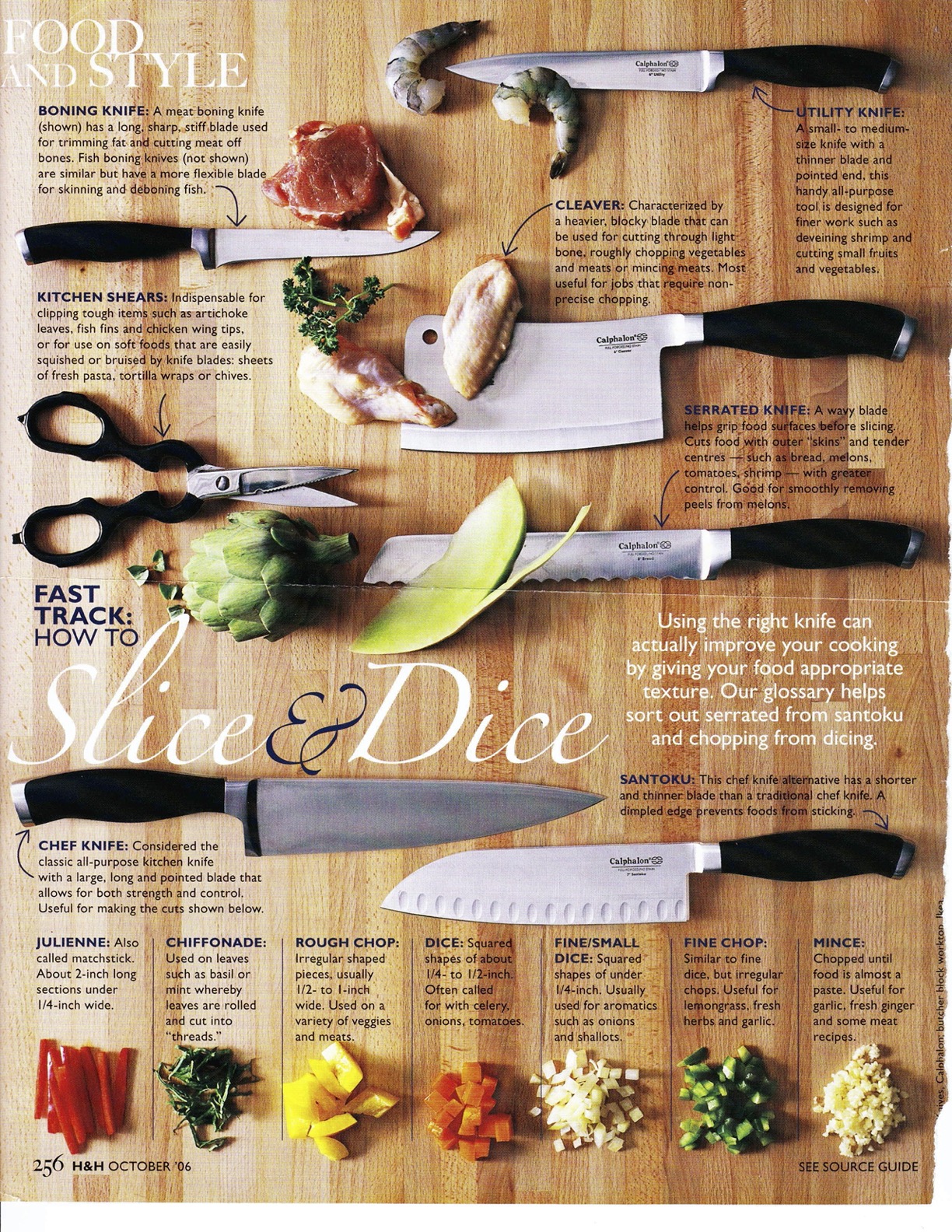- Above the Fold: Understanding the Principles of Successful Web Site De
- Adapting to Web Standards
- Art of Non-Conformity
- Art of Readable Code
- Art of SEO
- Back to the User
- Beginning PHP6, Apache, MySQL Web Development
- Book Notes
- Books to Read
- Bored and Brilliant
- Born For This
- Choosing A Vocation
- Complete E-Commerce Book
- Content Inc
- Core PHP Programming
- CRM Fundamentals
- CSS Text
- Dealing with Difficult People
- Defensive Design for the Web
- Deliver First Class Web sites
- Design for Hackers: Reverse-Engineering Beauty
- Designing Web Interfaces
- Designing Web sites that Work: Usability for the Web
- Designing with Progressive Enhancement
- Developing Large Web Applications
- Developing with Web Standards
- Economics of Software Quality
- Effortless commerce with php and MySQL
- Epic Content Marketing
- Extending Bootstrap
- Foundation Version Control for Web Developers
- Guerrilla Marketing for a Bulletproof Career
- HACKING EXPOSED WEB APPLICATIONS, 3rd Edition
- Hacking Web Apps
- Happiness At Work
- Implementing Responsive Design
- Inmates Are Running the Asylum
- Instant LESS CSS Preprocessor How-to
- jQuery Pocket Reference
- Letting Go of the Words
- Lost and Found: A Painfully Honest Field Guide to the Startup World
- Making Every Meeting Matter
- Manage Your Day to Day
- Marketing to Millenials
- Mobile First
- Monster Loyalty
- More Eric Meye on CSS
- Official Ubuntu Book
- Organized Home
- Pay Me… Or Else!
- Perennial Seller
- Pet Food Nation
- PHP 5 E commerce Development
- PHP In a NutShell
- PHP Refactoring
- PHP5 and MySQL Bible
- PHP5 CMS Framework Development
- PHP5 Power Programming
- Preventing Web Attacks with Apache
- Pro PHP and jQuery
- Professional LAMP
- Purple Cow: Transform Your Business
- Responsive Web Design with HTML and CSS3
- Responsive Web Design with HTML5 and CSS3
- Rules of Thumb
- Saleable Software
- Search Engine Optimization Secrets
- Securing PHP Web Applications
- Serving Online Customers
- Simple and Usable Web, Mobile and Interaction Design
- Smart Organizing
- Smashing UX Design: Foundations for Designing Online User Experiences
- Studies in History and Philosophy of Science
- Talent is Not Enough
- The 10x Rule
- The Benefits of Working with Git In Your Software Projects
- The Clean Coder
- The Herbal Handbook for Home & Health
- The Life-changing Magic of Tidying up
- The Modern Web
- Think First
- This Is Marketing
- Traction
- Version Control with Git, 2nd Edition
- Web Analytics 2.0: The Art of Online Accountability and Science of Cus
- Web Site Usability: A Designer's Guide
- Web Word Wizardry
- Web Word Wizardy
- Website Owner’s Manual
- Whats Stopping Me
- Work for Money, Design for Love
- Your Google® Game Plan for Success: Increasing Your Web Presence with
- Checklists I Have Collected or Created
- Crafts To Do
- Database and Data Relations Checklist
- Ecommerce Website Checklist
- Learning Stuff From Blogs
- My Front End UI Checklist
- New Client Needs Analysis
- Newsletters I Read
- Puzzles
- Style Guides
- User Review Questions
- Web Designer's SEO Checklist
- Web site Review
- Website Code Checklist
- Website Final Approval Form
- Writing Content For Your Website
- Writing Styleguide
- Writing Tips
- 7 essentialls of graphic design
- Accidental Creative
- Choosing the right color for your logo
- CMS Design
- Communicating Design: Developing Web Site Documentation for Design and
- Designing for Web Performance
- Eat That Frog
- Elements of User Experience
- Flexible Web Design
- Forms that Work: Designing Web Forms for Usability
- Homepage Usability
- Responsive Web Design
- Seductive Interaction Design: Creating Playful, Fun, and Effective Use
- Strategic Web Designer
- Submit Now: Designing Persuasive Web sites
- The Zen of CSS Design
- Complete Book of Potatoes
- Creating Custom Soil Mixes for Healthy, Happy Plants
- Edible Forest Garden
- Garden Design
- Gardening Tips and Tricks
- Gardens and History
- Herbs
- Houseplants
- Light Candle Levels
- My Garden
- My Garden To Plant
- Organic Fertilizers
- Organic Gardening in Alberta
- Plant Nurseries
- Plant Suggestions
- Planting Tips and Ideas
- Root Cellaring
- Things I Planted in My Yard
- Way We Garden Now
- Weed Decoder
- 101 Organic Gardening Hacks
- 2015 Herbal Almanac
- Beautiful No-Mow Lawns
- Beginner's Guide to Heirloom Vegetables
- Best of Lois Hole
- Design in Nature
- Eradicate Invasive Plants
- Gardening Books to Read
- Gardens West
- Grow Organic
- Grow Your own Herbs
- Guerilla Gardening
- Heirloom Life Gardener
- Hellstrip Gardening
- Indoor Gardening: The Organic Way
- Landscaping with Fruits and Vegetables
- Real Gardens Grow Natives
- Seed Underground
- Small plot, high yield gardening
- Thrifty Gardening from the Ground Up
- Vegetables
- Veggie Garden Remix
- Weeds: In Defense of Nature's Most Unloved Plants
- What Grows Here
- Activities for Kids
- Animals In My Yard
- Baking & Cooking Tips
- Bertrand Russell
- Can I Get that on Sale?
- Cleaning Tips and Tricks
- Colour Palettes I Like
- Compound Time
- Cooking Tips
- Crafts
- Crafts for Kids
- Even More Quotes
- Household Tips
- Inspiration
- Interesting
- Interior Design
- Keywording & Tags
- Latin Phrases
- Laundry Tips
- Learn Something New
- Links, Information, and Cool Videos - Stuff for My Kids
- Music Websites for Parents and Kids
- My Miscellany
- Organizing
- Quotes
- Reading List
- Renovations
- Silly Sites
- Things that Make Me Laugh
- Videos to Watch
- Ways to Be Nice
- YouTube Hacks
- Bug Tracking Tool
- Business Tips
- Code Packages I Like on GitHub
- Content Management systems
- Creating Emails & Email Newsletters
- Games
- I Made A Framework
- Open Source
- Patterns, Textures and other media
- PHP Coding Standards
- Programming
- Project Verbs for to do lists
- Qualities of Creative Leaders
- Scalable Vector Graphics
- SEO
- Software Design
- The Shell, Scripts and Such
- Writing Instructions
- Accessibility
- CSS Frameworks
- CSS Reading List
- CSS Sticky Footer
- Design of Sites
- htaccess files
- HTML Tips and Tricks
- Javascript (and jQuery)
- Landing Page Tips
- Making Better Websites
- More Information on CSS
- MySQL and Databases
- Navigation
- Responsive Design
- Robots.txt File
- Security and Secure Websites
- SVG Images
- Types of Content
- UI and UX and Design
- Web Design and Development
- Web Design Tools
- Web Error Codes
- Website Testing Checklist
- Writing for the Web
- Writing Ideas for your website
- Animations and Interactions
- Being a Better Designer
- Bootstrap Resources
- Color in Web Design
- Colour
- CSS Preprocessors: Sass and Less
- CSS Tips Tricks
- Customer Centered Design Myths
- Design Systems
- Designing User Interfaces
- Font & Typographical Inspiration
- Fonts, Typography, Letters & Symbols
- Icon Sets
- Icons
- Logo Designs
- Photoshop Tips and Tricks
- Sketch
- UX and UI and Design Reading List
- Web Forms
- Well Designed
Making Yogurt
I love making my own yogurt.
Here is one of the yogurt making recipes I used when learning how, as I found it very descriptive.
The key is understanding how to heat milk.
- Rinse a saucepan quickly with cold water before pouring in milk to prevent it from sticking.
- To stop milk from overflowing during heating, simply put a metal teaspoon or a saucer at the bottom of the pan.
- Keep your eye on the milk, do not let it boil as it will quickly overfill the pot.
Tomato Paste
Most recipes call for only a small portion of tomato paste -- you use a tablespoon or two, and the rest invariably goes to waste. To save the remainder: Carefully open both ends of the can with a can opener. Remove one metal end, and discard it. Leave the other in place. Wrap the entire can in plastic wrap, and freeze overnight. The next day, use the metal end to push the frozen paste out the open end. Discard can, tightly rewrap unused portion, and store in freezer up to 3 months, slicing off just as much as you need each time you cook.
Brownie Mix Tip
Add 3 or 4 tbsp unsweetened cocoa powder to dry ingredients of packaged brownie mix. Helps to cut down on the super-sweet taste.
Peeling Eggs
Roll the hard-boiled egg on the countertop to make hairline cracks. Run the egg under cold water, and gently pull off the shell starting at the large end of the egg.
Best Way to Wash Vegetables
Other Information
You can pickle pretty much anything with a 3:2:1 mix of vinegar-water-sugar. If it can’t be pickled, it can usually be frozen.
Why not use the leftover vegetables from your Sunday roast to make pakoras? Any vegetable you have is fine. Thinly slice, add chopped onion, ginger, garlic, whatever spices you like and chickpea flour (about one-fifth of the total), make into balls in your hand, then deep-fry until crispy.
Potato peelings can be dried out to make flavoured salt.
We dry vegetable peelings to make into flavoured salts which we use to season vegetables. It’s really easy: put the peelings on a rack in a really low-temperature oven – a lot of modern ovens have a 50C degree setting – leave for three hours, blend in a processor and mix through sea salt.
Mint
Make peppermint syrup by simmering a handful of leaves in equal parts sugar and water. Drizzle on fruit or in cocktails.
Chocolate mint works great showered over creamy desserts or as a topping for hot chocolate.
Ginger mint works well in grain salads.
Microwave Herb Drying
Rinse freshly picked leaves (remove the stems) and air dry.
Spread 2 cups of leaves in a single layer on a bed of paper towels in the microwave. Microwave on high for 4-6 minutes (drying time varies). Cool the leaves completely before storing in an air-tight container out of direct sunlight.
Healthy Mind Foods
-
Green leafy vegetables
-
Other vegetables
-
Nuts
-
Berries
-
Beans
-
Whole grains
-
Fish
-
Poultry
-
Olive oil
-
Wine
-
Red meats
-
Butter and stick margarine
-
Cheese
-
Pastries and sweets
-
Fried or fast food
Chuck Meats
Chunks of meat are used as an ingredient for a dish containing stewed meat and vegetables. Fresh stew meat is usually taken from the tougher cuts of beef, pork, or lamb because the stewing process tenderizes the meat. The chunks or cubes are usually bite-size, but they can be smaller or larger depending on the recipe or personal preference. The best beef stew meat is from the chuck because it is very flavorful (source).
Chuck meat is the shoulder area. Knowing this, I would like to find an alternative for my stew, "stew -beef".
Just to let you know, this page was last updated Sunday, Dec 14 25


